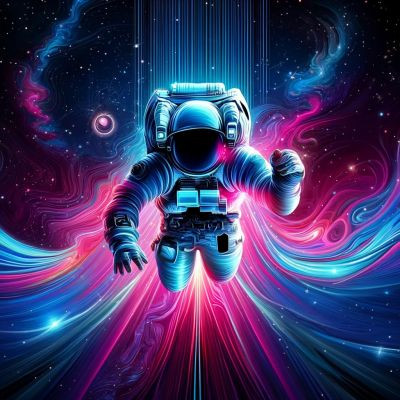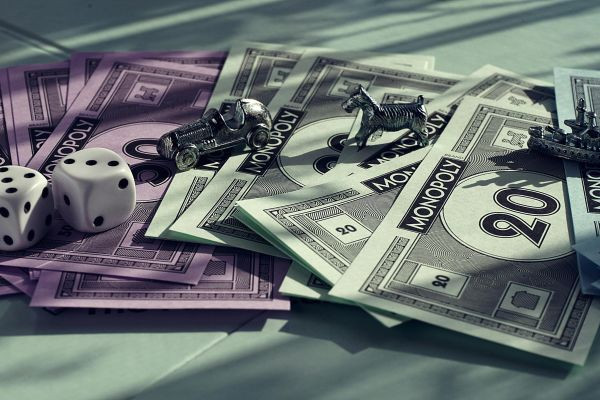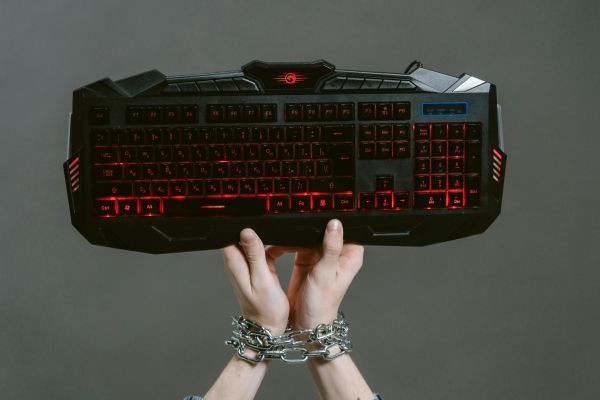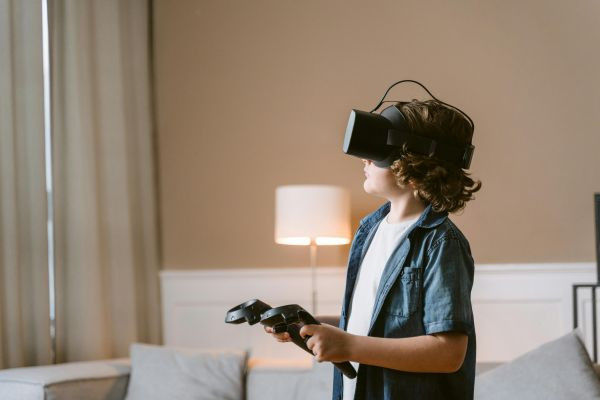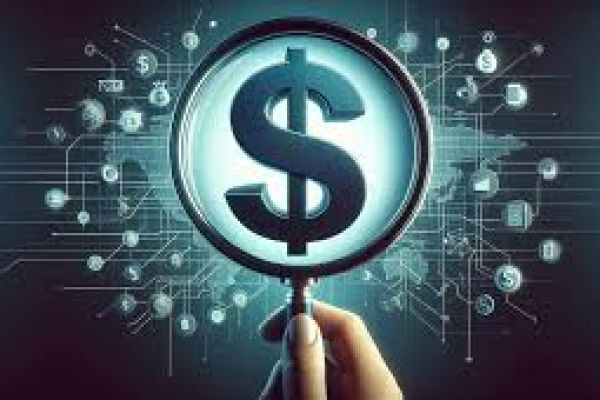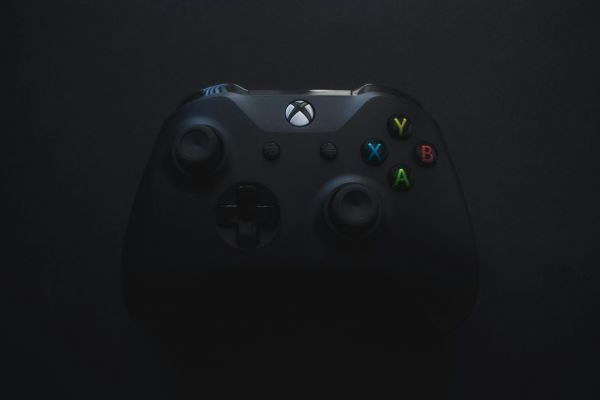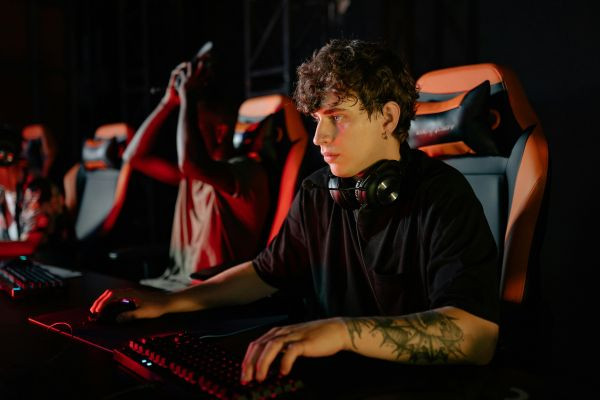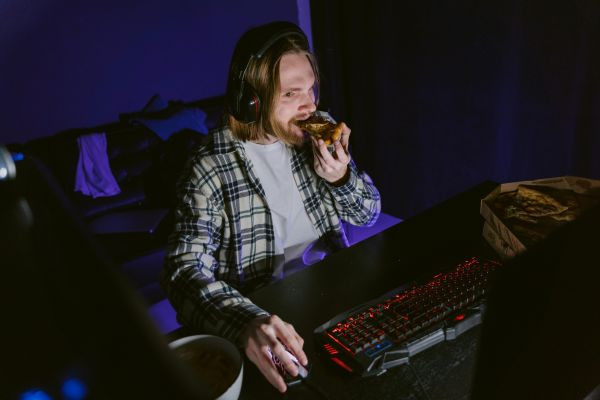NFTs have been the buzzword in the gaming industry, promising players unique ownership of digital assets and developers new ways to engage their audiences.
01/03/25 • 310 Views
NFTs have been the buzzword in the gaming industry, promising players unique ownership of digital assets and developers new ways to engage their audiences. Advocates hail NFTs as revolutionary, while skeptics dismiss them as a fleeting gimmick. As the industry grapples with this new technology, its long-term potential remains a topic of heated debate.
What Are NFTs and How Do They Work in Gaming?
NFTs are digital assets that blockchain technology verifies as owned. What makes them different from cryptocurrencies is that NFTs are non-divisible and non-interchangeable, which makes them perfect to represent in-game items like skins, weapons, or even virtual land.
NFTs enable ownership of items in the gaming world. For example, an NFT sword in a game is not just a borrowed asset through a user's account but is verifiable and can be transferred, sold, or used across compatible platforms. This means that this concept transforms in-game assets from the traditional model of renting to perpetual ownership.
Possible benefits of NFTs in the gaming world
Player Ownership and Control
NFTs makes the player the owner of what he has in the game. In this sense, they can be bought and sold outside of the game ecosystem; hence, the creation of secondary markets with possible real monetary values.
Interoperability
NFTs can be used for cross-game asset usage. The example would be buying a stylized skin for a character in one game that is usable in another, both being blockchain-compatible. That might deepen engagement and could get people to make investments in NFTs.
New Streams of Income for Developers
This would allow game developers to generate from the initial sale of the NFT and part of the secondary market sales. It would align the interests of game developers with that of gamers because NFT price depends on the game popularity and patches.
Problems and Controversies
Environmental Impact
Blockchain networks such as Ethereum, to which most NFTs currently are functional, consume a gargantuan amount of energy, and people are extremely concerned about this. Even solutions in proof of stake decrease the energy consumption but this problem doesn't disappear.
It has been seen that speculation in the NFT market where items are sold at crazy, astronomical prices which do not even seem to have any connection with practical value. It may alienate casual gamers and create a mishmash ecosystem.
Most people cannot get their heads around NFTs and cryptocurrency wallets. The problem of high fees and lack of standardization does not help much with adoption.
Risk of Gimmickry
According to critics, a few games embrace NFTs simply for cashing in and not something that brings meaningful enhancement in gameplay value.
Players may get bored with games that focus NFT sales instead of the quality of content.
The NFT will be revolutionary for gaming economies and the player experience. This will be determined by achieving innovativeness and accessibility and resolving environmental issues and skepticism.
While NFT-based games with the likes of Axie Infinity and The Sandbox prove the concepts, mass-scale adoption would truly need integration seamlessness, clear direct player benefits, and a high level of attention toward sustainability in a holistic ecosystem. NFTs might remain as niche when fully grown to this stage in development by blockchain technologies.
Revolution or Gimmick?
Gaming now stands at an NFTs crossroads. For one observer, they're the step-change to decentralized ownership and player power. To most, though, they're only a fad, drowned by speculative hype and unresolved challenges. Only time can tell whether this innovation becomes another gaming phenomenon or just a side note in it.

